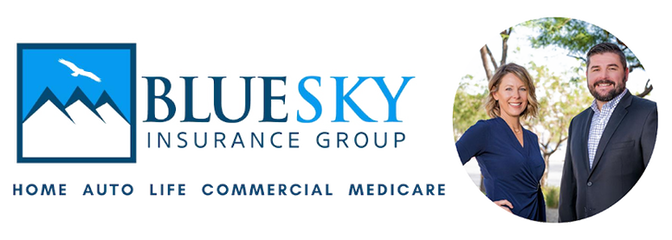What is Auto Insurance?
Auto insurance provides financial protection against physical damage and/or bodily injury resulting from traffic collisions and against liability that could also arise therefrom.
Auto insurance may also offers financial protection against theft of the vehicle and damage to the vehicle, sustained from things other than traffic collisions.Auto Insurance CoveragesThere are basically six different types of coverages. Some may be required by law. Others are optional. They are:
Auto insurance may also offers financial protection against theft of the vehicle and damage to the vehicle, sustained from things other than traffic collisions.Auto Insurance CoveragesThere are basically six different types of coverages. Some may be required by law. Others are optional. They are:
- Bodily injury liability - for injuries the policyholder causes to someone else.
- Medical payments or Personal Injury Protection (PIP) - for treatment of injuries to the driver and passengers of the policyholder’s car.
- Property damage liability - for damage the policyholder causes to someone else’s property.
- Collision - for damage to the policyholder’s car from a collision.
- Comprehensive - for damage to the policyholder’s car not involving a collision with another car (including damage from fire, explosions, earthquakes, floods, and riots), and theft.
- Uninsured motorists coverage - for costs resulting from an accident involving a hit-and-run driver or a driver who does not have insurance.
What is Homeowners Insurance?
Homeowners insurance, also commonly called hazard insurance is a type of property insurance that covers a private residence.
It is an insurance policy that combines various personal insurance protections, which can include losses occurring to one's home, its contents, loss of use (additional living expenses), or loss of other personal possessions of the homeowner, as well as liability insurance for accidents that may happen at the home or at the hands of the homeowner within the policy territory. Typical Home Insurance Coverages.
Section I — Property Coverages
It is an insurance policy that combines various personal insurance protections, which can include losses occurring to one's home, its contents, loss of use (additional living expenses), or loss of other personal possessions of the homeowner, as well as liability insurance for accidents that may happen at the home or at the hands of the homeowner within the policy territory. Typical Home Insurance Coverages.
Section I — Property Coverages
- Coverage A – Dwelling
Covers the value of the dwelling itself (not including the land). Typically, a coinsurance clause states that as long as the dwelling is insured to 80% of actual value, losses will be adjusted at replacement cost, up to the policy limits. This is in place to give a buffer against inflation. HO-4 (renter's insurance) typically has no Coverage A, although it has additional coverages for improvements. - Coverage B – Other Structures
Covers other structure around the property that are not used for business, except as a private garage. Typically limited at 10% to 20% of the Coverage A, with additional amounts available by endorsement. - Coverage C – Personal Property
Covers personal property, with limits for the theft and loss of particular classes of items (e.g., $200 for money, banknotes, bullion, coins, medals, etc.). Typically 50 to 70% of coverage A is required for contents, which means that consumers may pay for much more insurance than necessary. This has led to some calls for more choice.[14] - Coverage D – Loss of Use/Additional Living Expenses
Covers expenses associated with additional living expenses (i.e. rental expenses) and fair rental value, if part of the residence was rented, however only the rental income for the actual rent of the space not services provided such as utilities. - Additional Coverages
Covers a variety of expenses such as debris removal, reasonable repairs, damage to trees and shrubs for certain named perils (excluding the most common causes of damage, wind and ice), fire department changes, removal of property, credit card / identity theft charges, loss assessment, collapse, landlord's furnishing, and some building additions. These vary depending upon the form. - Exclusions
In an open perils policy, specific exclusions will be stated in this section. These generally include earth movement, water damage, power failure, neglect, war, nuclear hazard, septic tank back-up expenses, intentional loss, and concurrent causation (for HO3).[15] The concurrent causation exclusion excludes losses where both a covered and an excluded loss occur. In addition, the exclusion for building ordinance can mean that increased expenses due to local ordinances may not be covered.[16] A 2013 survey of Americans found that 41% believed mold was covered, although it is typically not covered if the water damage occurs over a period of time, such as through a leaky pipe.[17] - Floods
Flood damage is typically excluded under standard homeowners and renters insurance policies. Flood coverage, however, is available in the form of a separate policy both from the National Flood Insurance Program (NFIP) and from a few private insurers. [18]
- Coverage E – Personal Liability
Covers damages which the insured is legally liable for and provides a legal defense at the insurer's own expense. About a third of the losses for this coverage are from dog bites.[19]
Contact us to learn more about the right homeowners insurance for you.
